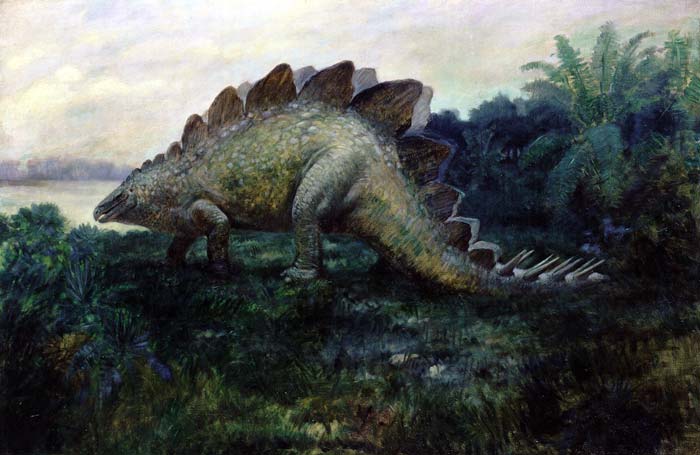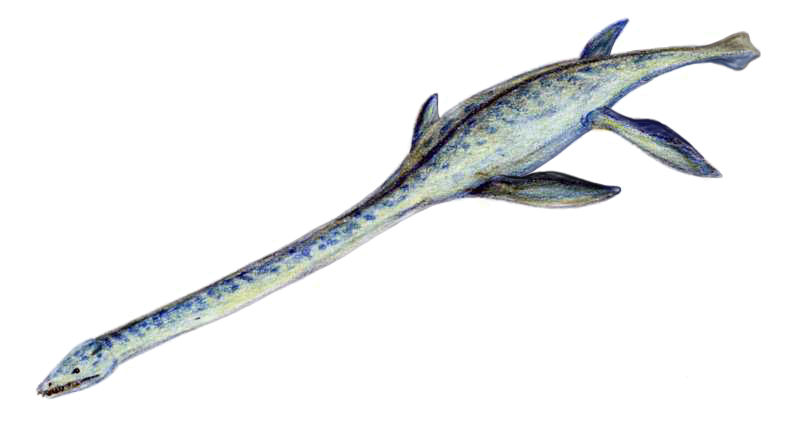The Stygimoloch is on the left, the Pachycephalosaurus is on the right. Thanks to Dinosaur Train, Des was introduced to the Stygimoloch first. Now whenever he sees a Pachycephalosaurus, he calls it a Stygimoloch and doesn't believe me when I tell him the truth.
This entry is to show Des the truth. To give Des credit, these two dinosaurs have more similarities than differences.
Similarities:
Both lived during the late Cretaceous period.
Remains of both were found in Montana and Wyoming in North America.
Both were probably herbivores.
Both were boneheaded dinosaurs.
Both were in the dinosaur class Pachycephalosauria.
Differences
Stygimoloch had sharp spikes around his bonehead, while Pachycephalosaurus had bump-like studs around his bonehead.
Stygimoloch was significantly smaller. At 9 feet, he probably weighed about 190 pounds.
Pachycephalosaurus was 16 feet, and weighed about 1100 pounds.
Stygimoloch (pronounced Stij-ee-moll-ock) means Styx Demon.
Pachycephalosaurus (pronounced Pack-ee-seff-ah-low-sore-uss) means thick-headed lizard.
Source: http://www.kidsdinos.com/




